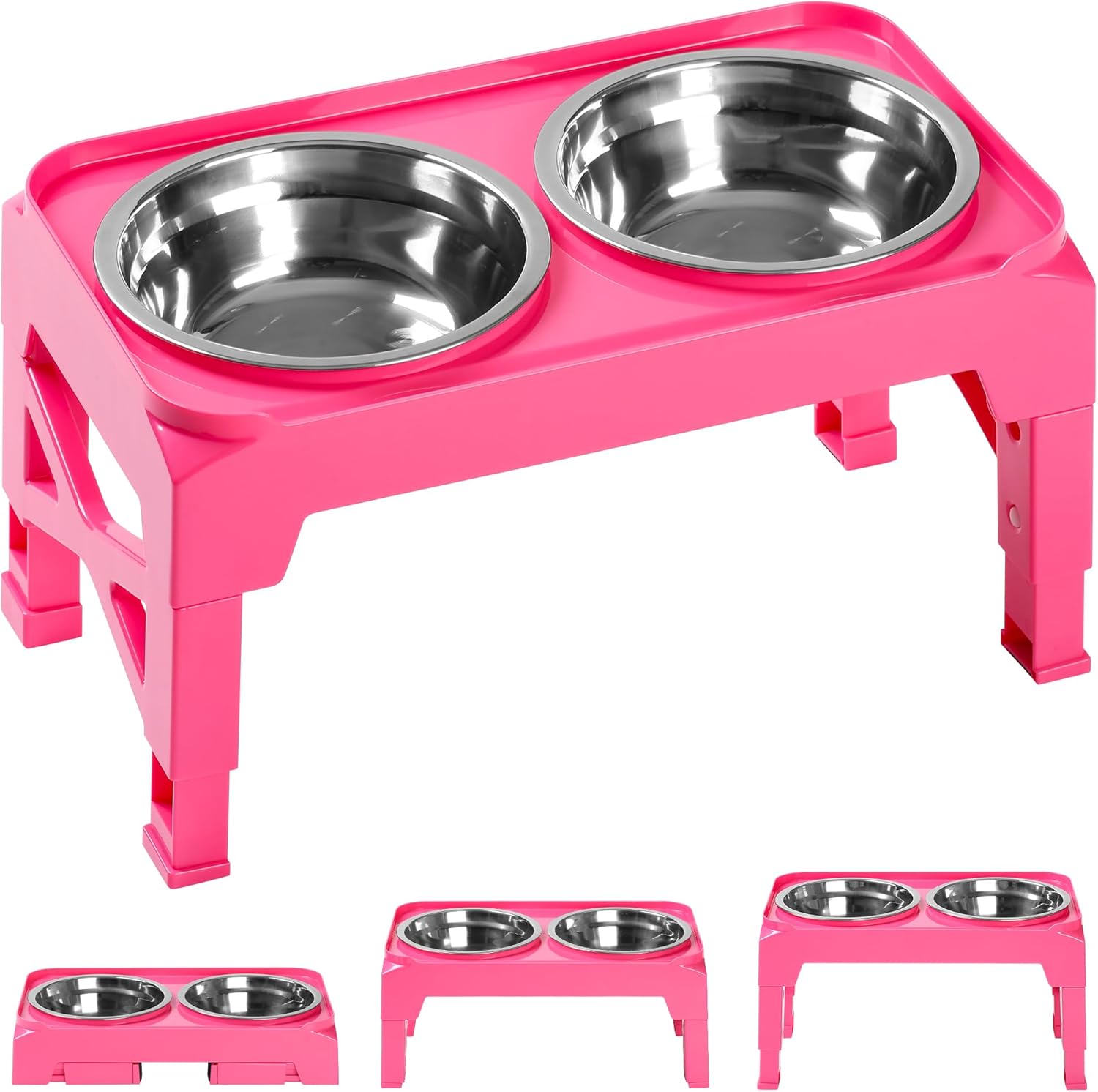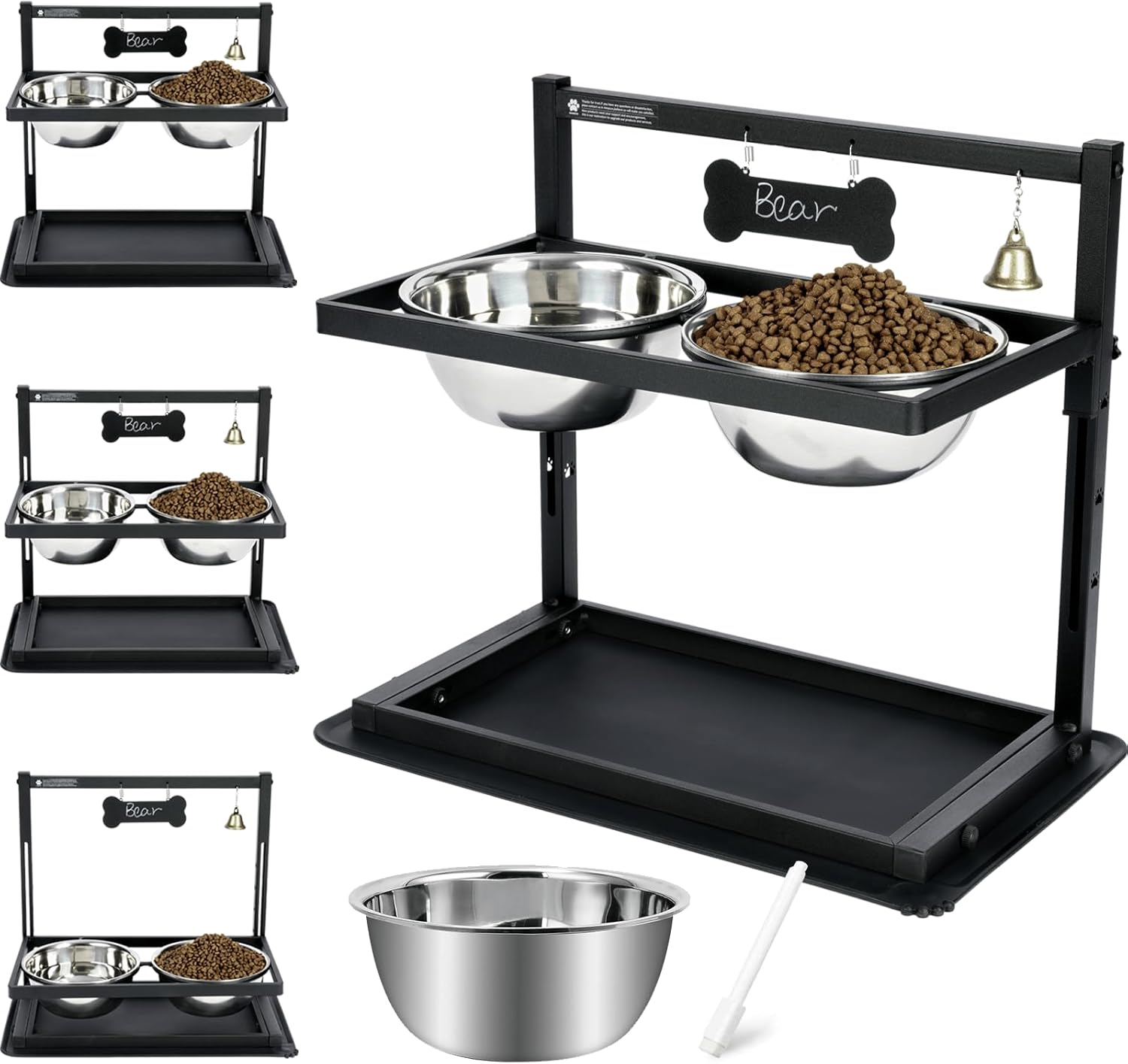How to Support a Pregnant Dog Through Labor and Delivery: A Breeder’s Guide
Introduction
As a responsible dog breeder, it’s essential to know how to support your pregnant dog through the labor and delivery process. While dogs often handle birth naturally, they may require some assistance and care during this time. Understanding the stages of labor, being prepared for potential complications, and providing a calm, safe environment can help ensure a successful delivery. In this guide, we’ll walk you through how to support your dog during labor and delivery, so you can help her bring her puppies into the world safely.
1. Preparing for the Big Day: What You’ll Need
Before labor begins, it’s important to prepare the environment and gather the necessary supplies. Here’s a checklist of items you should have ready:
- Clean Towels: Used for drying off puppies and cleaning the mother after delivery.
- Heating Pad: Helps keep the puppies warm if necessary, as newborn puppies cannot regulate their body temperature.
- Whelping Box: A clean, safe, and quiet space for the dog to deliver in. It should have high enough sides to prevent puppies from rolling out but be low enough for the mother to get in and out comfortably.
- Disposable Gloves: These can be useful for handling the puppies if you need to assist in the delivery.
- Scissors and Dental Floss: For cutting the umbilical cord if needed (be sure to sterilize the scissors).
- Syringe or Bulb Syringe: To clear the puppies’ airways if necessary.
- Emergency Contact Information: Have the contact info of your veterinarian on hand in case of complications.
2. Recognizing the Signs of Labor
Knowing when labor is about to begin will help you prepare for the delivery. There are three stages of labor in dogs, and the signs vary with each stage:
Stage 1: The Pre-Labor Stage
This stage can last anywhere from 6 to 12 hours (or more), especially for first-time mothers. The signs of pre-labor include:
- Restlessness and nesting behavior (digging, pacing, or looking for a quiet place).
- Loss of appetite or vomiting.
- Slight temperature drop (normal temperature for dogs is around 101-102°F; a drop below 99°F can indicate that labor is imminent).
- Clear or slightly cloudy discharge from the vulva.
- Panting or shallow breathing.
Stage 2: The Active Labor Stage
Stage 2 is when the puppies are actually delivered. Signs include:
- Strong contractions and visible abdominal straining.
- The appearance of the puppies (usually one every 30 minutes to 2 hours).
- Bloody or dark green discharge from the vulva.
- Restlessness and pacing may increase.
Stage 3: The Afterbirth Stage
Stage 3 happens after all puppies are delivered and involves the expulsion of the placenta. You may see:
- Continued mild contractions.
- Expulsion of the placentas, which should happen within 15-30 minutes after each puppy is born.
3. Helping the Dog During Labor and Delivery
While most dogs will handle labor without assistance, you should be prepared to step in if needed. Here’s how to help your pregnant dog through the process:
A. Stay Calm and Provide Comfort
Your dog will need a calm, quiet environment to feel secure during the delivery. Minimize distractions and noise. Talk softly to her and stay by her side to provide reassurance.
B. Observe the Progress of Labor
Monitor your dog’s progress closely, especially during the second stage of labor. If contractions are strong but no puppies appear after 30 minutes, or if the dog shows signs of distress, consult with a veterinarian immediately.
C. Assist with the Delivery if Necessary
Sometimes, a puppy may need a little help during birth:
- If the puppy is stuck in the birth canal, gently pull on the puppy using a clean towel, applying soft but firm pressure in a downward motion.
- Clear the puppy’s airways immediately by using a bulb syringe or mouth-to-nose resuscitation if necessary.
- Cut the umbilical cord with clean scissors and tie it off with sterile dental floss, ensuring that you leave about an inch between the puppy and the mother’s abdomen.
- Dry the puppies thoroughly with a clean towel to help them breathe and regulate their body temperature.
D. Offer Warmth to the Puppies
Once the puppies are born, make sure they’re kept warm. Place them in a heated area (such as a whelping box with a heating pad or lamp) to keep them at a comfortable temperature (around 85°F-90°F). Puppies cannot regulate their body temperature for the first few days.
4. Post-Delivery Care: What Comes After
After the puppies are delivered, your dog will enter Stage 3 of labor, where she expels the placenta. It’s important to keep track of the number of placentas to ensure all are expelled. If there’s any concern that a placenta is retained, contact your veterinarian.
A. Monitor the Mother’s Health
- Watch for excessive bleeding. It’s normal for there to be some bleeding, but heavy or persistent bleeding may indicate complications such as a retained placenta or uterine infection.
- Encourage the mother to nurse the puppies. Ensure all puppies are able to latch on and get the essential first milk (colostrum).
- Watch for signs of eclampsia (milk fever), such as trembling, panting, or weakness. If any of these signs appear, seek veterinary help immediately.
B. Watch for Postpartum Complications
After the birth, there are a few complications to be aware of:
- Retained Placenta: If the placenta isn’t expelled within 15-30 minutes after a puppy is born, it could indicate a problem.
- Mastitis: Inflammation or infection in the breasts, causing swelling, redness, or pain.
- Postpartum Hemorrhage: Excessive bleeding, which can occur after delivery.
If any of these complications occur, or if the mother appears lethargic or unwilling to care for her puppies, contact your veterinarian immediately.
5. When to Call the Vet
While many dogs can give birth without complications, there are several signs that require immediate veterinary attention:
- Prolonged labor without producing puppies (more than 24 hours).
- The appearance of a puppy that is too large or is stuck in the birth canal.
- Weak or absent contractions after the delivery of the first puppy.
- Any signs of distress in the mother or puppies.
- Prolonged bleeding or signs of infection.
Conclusion
Supporting a pregnant dog through labor and delivery is an essential part of responsible breeding. By recognizing the signs of labor, preparing for complications, and knowing when to step in and help, you can ensure that your dog’s delivery is as smooth and stress-free as possible. Always stay calm, keep a close eye on the process, and be prepared to seek veterinary help if needed. With proper care, you can help your dog bring her puppies into the world safely and provide the best start for the little ones.
Affiliate Products



